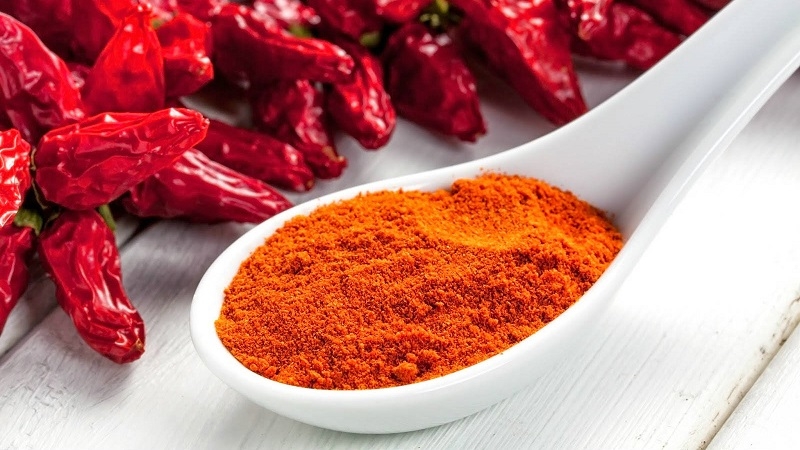- No. 268 Xianghe Street, Economic Development Zone of Xingtai city, Hebei 054001 China
- Byron@hbhongri.cn
Exploring the Unique Flavors of Paprika and Smoked Paprika in Cooking
The Essence of Paprika and Smoked Paprika A Culinary Exploration
Paprika is more than just a vibrant red spice that adds color to dishes; it is a cultural icon steeped in history and culinary significance. Derived from dried and ground red peppers, paprika is a staple in many kitchens around the world, especially in European, Mediterranean, and Latin American cuisines. With its various forms and flavors, including the distinctive smoked paprika, this spice has the power to elevate dishes and create memorable taste experiences.
The origins of paprika can be traced back to Central America, where indigenous peoples cultivated chili peppers long before they were introduced to Europe. After Christopher Columbus's voyages in the late 15th century, these vibrant peppers found their way to Spain and Hungary, where they were embraced and adapted into local cooking. Over time, paprika evolved into a beloved spice, with many countries developing their own unique varieties and styles.
The Essence of Paprika and Smoked Paprika A Culinary Exploration
Mild, sweet paprika is often used to enhance dishes without overpowering them, making it a favorite for seasoning meats, stews, and vegetables. Conversely, hot paprika adds a spicier kick to recipes, perfect for those who enjoy a bit of heat in their meals. The balance of flavors offered by paprika allows for creative culinary expression, encouraging chefs and home cooks alike to experiment and innovate.
paprika and smoked paprika

On the other hand, smoked paprika, also known as pimentón in Spain, takes the flavor experience to another level. This unique spice is made from peppers that are smoked over oak wood before being ground into a powder. The result is a rich and smoky flavor that can transform ordinary dishes into extraordinary ones. Smoked paprika is particularly popular in Spanish cuisine, where it is a key ingredient in dishes like chorizo, paella, and various tapas. The smoky aroma and taste can add depth to soups, marinades, and even roasted vegetables, providing a warm, earthy undertone that enhances the overall flavor profile.
The use of smoked paprika transcends cultural boundaries, finding its way into diverse culinary traditions. It can be integrated into barbecue rubs, used to season roasted meats, or even added to salad dressings for an unexpected twist. Its versatility makes it an essential component in any spice cabinet, expanding the horizons for home cooks eager to explore new flavor combinations.
One of the exciting aspects of paprika, both regular and smoked, is its health benefits. Rich in antioxidants, particularly carotenoids, paprika may contribute to overall health by fighting inflammation and reducing the risk of chronic diseases. Furthermore, its vibrant color signifies its high vitamin content, particularly vitamin A, which is important for maintaining good vision and skin health.
When incorporating paprika or smoked paprika into your cooking, a little goes a long way. Start with a small amount, as the flavors can intensify with cooking. Whether you are stirring it into a simmering pot of sauce, sprinkling it over a finished dish, or using it in a spice blend, this dynamic ingredient will infuse your meals with remarkable flavor and a touch of color.
In conclusion, paprika and smoked paprika are more than just spices; they are culinary treasures that bring history, culture, and flavor to our tables. From the kitchens of Hungary to the tapas bars of Spain, these spices continue to inspire chefs and home cooks alike, encouraging a creative exploration of flavor while also providing health benefits. Embrace the versatility of paprika and smoked paprika, and let them guide you on a delicious journey through the world of flavor.
-
The Versatile Uses and Benefits of Capsicum Frutescens Oleoresin and ExtractsNewsJun.03,2025
-
Paprika&Chili Products Enhancing Flavor and Wellness in Every BiteNewsJun.03,2025
-
Paprika Extract and Capsicum Applications in Food and IndustryNewsJun.03,2025
-
Exploring the Benefits and Uses of Turmeric Powder and Curcumin ExtractNewsJun.03,2025
-
Discover the Bold Flavor of Premium Chilli Powder from ChinaNewsJun.03,2025
-
Capsicum Oleoresin Extract: A Potent Natural Ingredient in Modern ApplicationsNewsJun.03,2025







